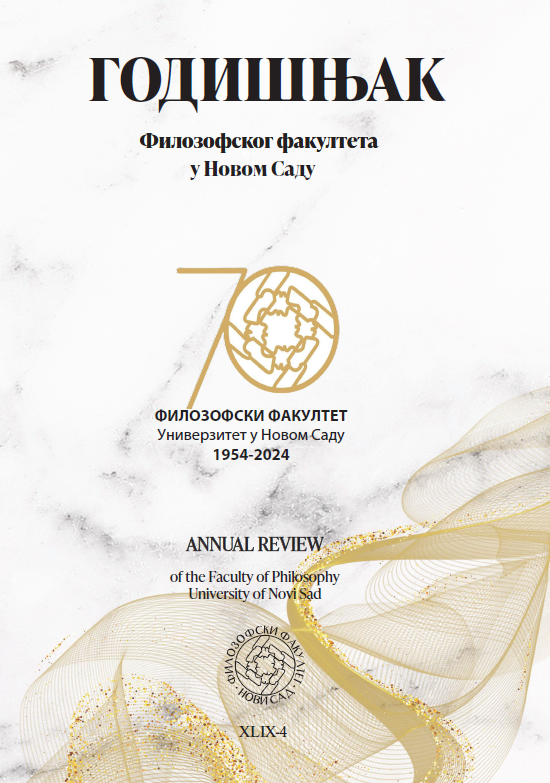THE CONTRAST BETWEEN CITY AND COUNTRYSIDE, OR BETWEEN MATURITY AND CHILDHOOD IN THE NOVEL “THE DEVIL IN THE HILLS” BY CESARE PAVESE
Main Article Content
Abstract
The devil on the hills is extremely rich in themes, almost all of Pavese’s myths can be found together. The substantial theme is the contrast between city and countryside, as can be deduced, among other things, from the title, but this contrast is enriched with new meanings. The adventure of the three boys is driven at the beginning of the novel by a childish curiosity, by the need for discovery which is identified with the need to touch the limit, to violate the norm, which explains the reason for the nocturnal wanderings. Then, other myths of the Turin's writer are added, such as the bull, the summer heat as a symbol of death, the moon, the hill, the wild. But the fundamental is the initiation into the mystery of life, through which the progressive discovery of a fascinating and forbidden reality takes place. The tension remains in the unconscious of the characters, who are attracted and involved in an affair that transcends their strengths and of which they fail to realize, given that the three boys are the witnesses or passive agents of an abnormal and obscure situation that it is mysterious and transcending them. Then, the word ‘feast’ is the key word of the novel as the embodiment of what is lost in it. The feast here has something grotesque and dead in it. What gave value to the collective experience of the night and of sex, where the true reality of the great symbols of the earth, the moon, blood and death was revealed, was the ancient feast. Now that it is impossible, sexual and nocturnal visions survive on the edge of men's feast. They uncertainly invade the life of the man who still possesses the sense of festivity, but fails to manifest it through celebrations that are truly savior.
Downloads
Article Details

This work is licensed under a Creative Commons Attribution-ShareAlike 4.0 International License.
References
Barsacchi, M. (2005). Il sorriso degli Dei. Cesare Pavese tra mito e realtà. Roma: Jouvence.
Durant, G. (1972). Le strutture antroplogiche dell'immaginario. Bari: Dedalo libri.
Gigliucci, R. (2001). Cesare Pavese. Milano: Bruno Mondadori.
Girardi, E. N. (1960). Il mito di Pavese e altri saggi. Milano: Vita e Pensiero.
Guiducci, A. (1967). Il mito Pavese. Firenze: Valecchi.
Jesi, F. (1968). Letteratura e mito. Torino: Giulio Einaudi.
Jung, C. G., Kerényi, K. (1972). Prolegomeni allo studio scientifico della mitologia. Torino: Bollati Boringhieri.
Malinowski, B. (1926).
Myth in Primitive Psychology . London: W.W.
Mollia, F. (1963). Cesare Pavese, saggio su tutte le opere. Firenze: La Nuova Italia Editrice.
Pampaloni, G. (1981). Trent'anni con Cesare Pavese, Diario contro diario. Milano: Rusconi.
Pavese, C. (1953). La letteratura americana e altri saggi. Torino: Einaudi.
Pavese, C. (2000). Il mestiere di vivere. Torino: Einaudi.
Pavese, C. (2000). Tutti i romanzi. Torino: Einaudi.
Philippson, P. (2006). Origini e forme del mito greco. Torino: Bollati Boringhieri.
Tondo, M. (1965). Itinerario di Cesare Pavese. Padova: Liviana editrice




